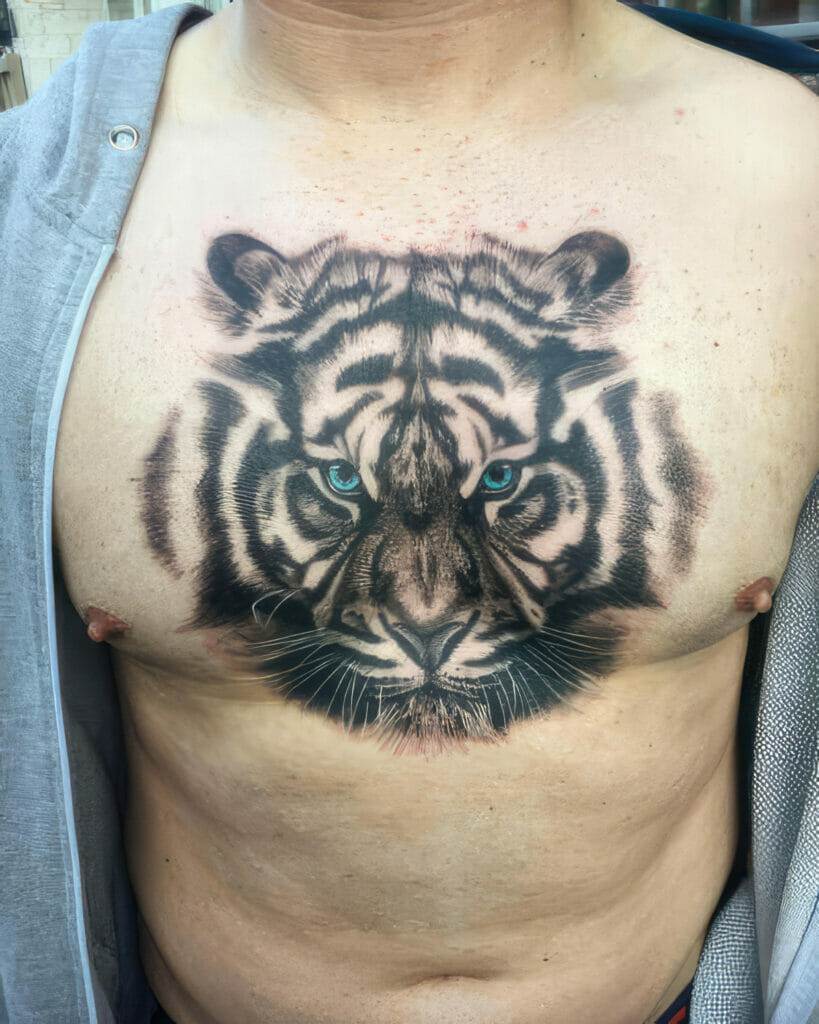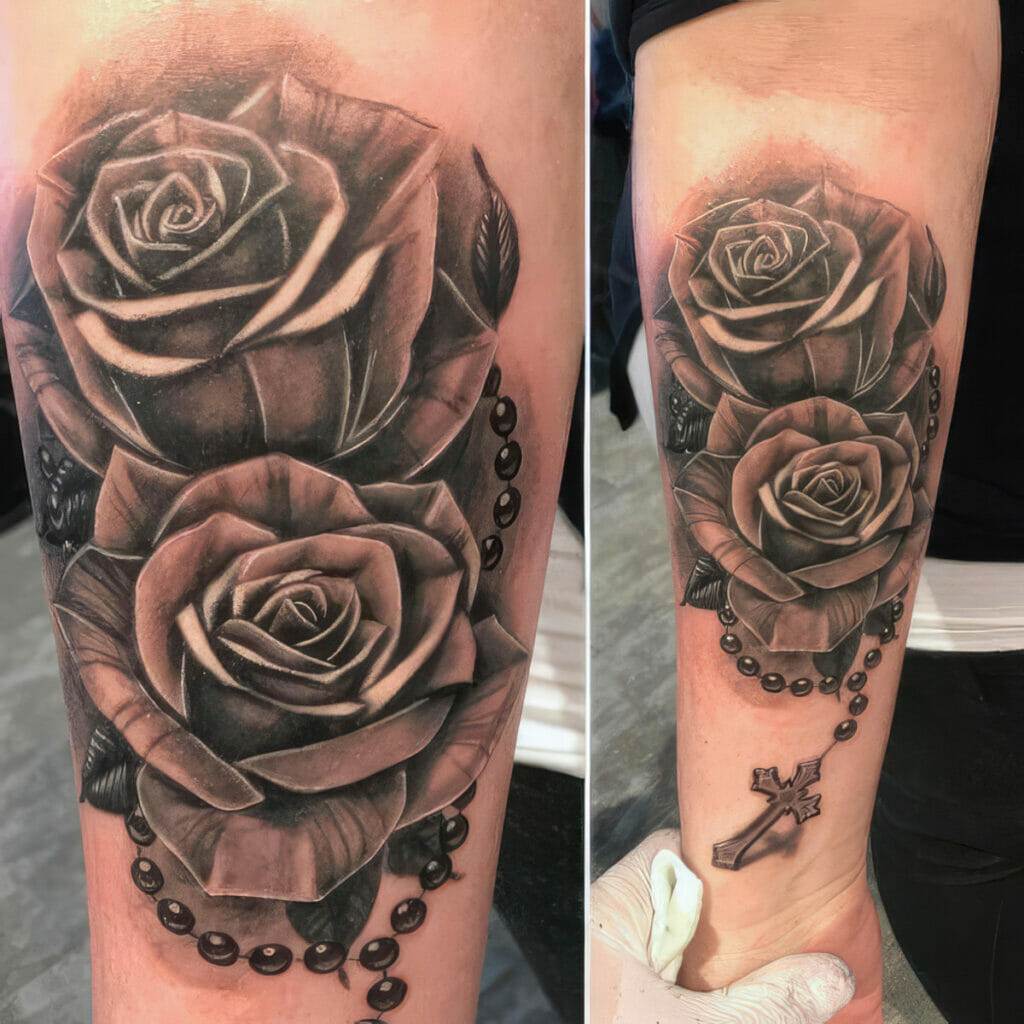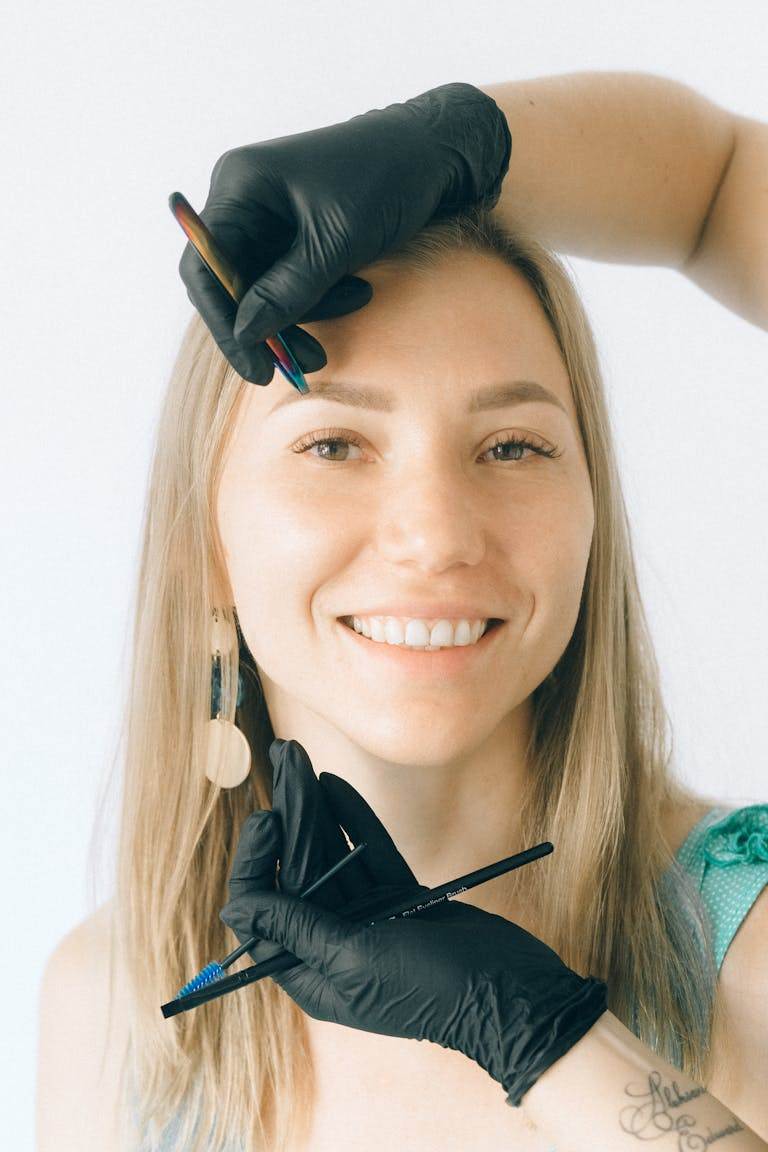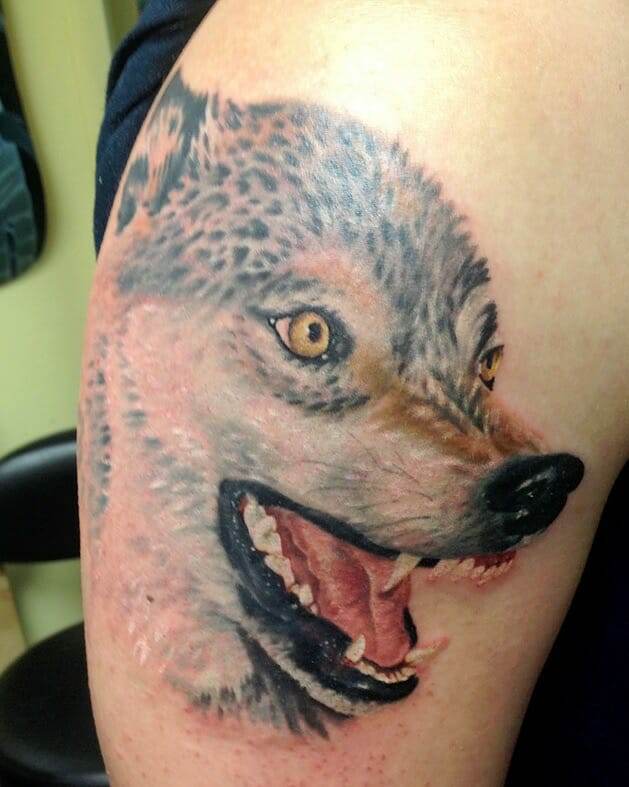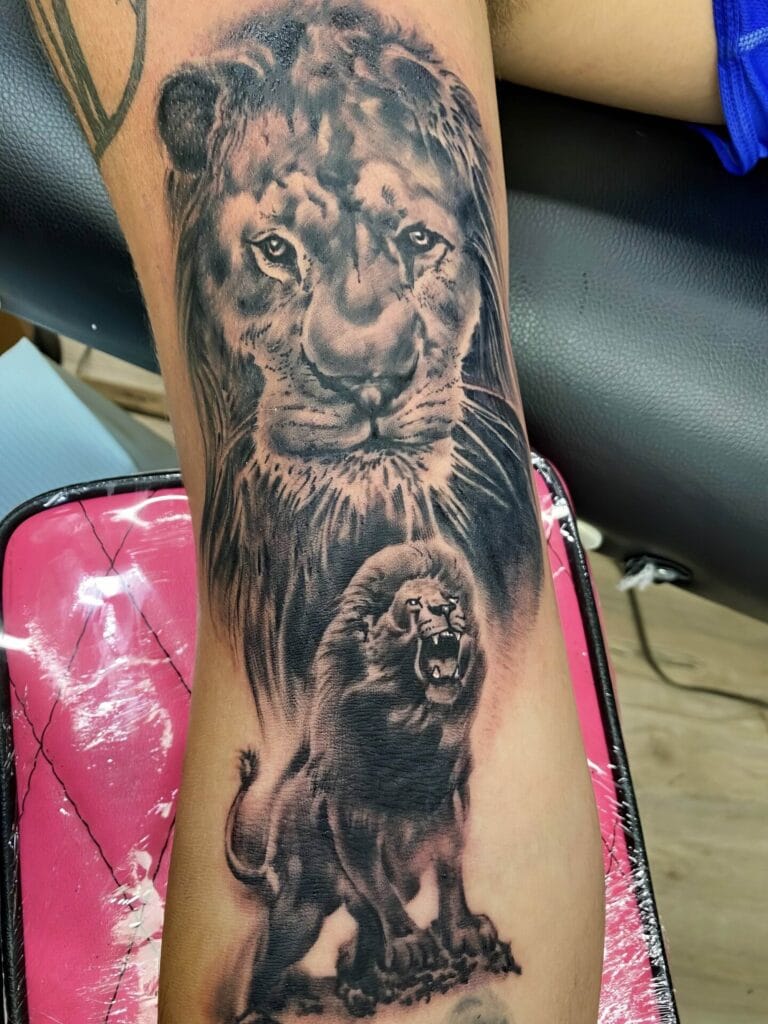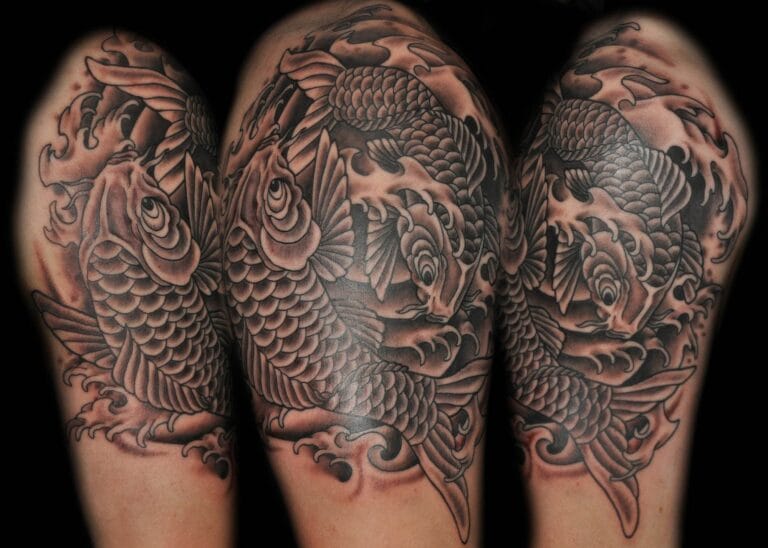
Tattooing is an ancient art form that has been practiced for thousands of years. From the earliest civilizations to modern times, tattoos have held significant cultural and personal meaning. What was once seen as a mark of rebellion or a symbol of belonging to a certain group has now evolved into a respected and celebrated art form.
The history of tattooing dates back to ancient times, with evidence of tattooed bodies found in various archaeological sites around the world. Tattoos were used for a variety of purposes, including religious rituals, social status, and personal expression. In some cultures, tattoos were believed to have magical or protective powers.
Over the years, tattooing has evolved from simple markings to intricate designs that showcase the skill and creativity of the artist. Today, tattoo artists are considered true artisans, using their talent and expertise to create stunning works of art on the human canvas.
Traditional Tattoo Styles: Exploring the Roots of Inked Art
Traditional tattoo styles are deeply rooted in history and have become iconic representations of tattoo art. American Traditional, Sailor Jerry, and Old School are some of the most well-known traditional tattoo styles.
American Traditional tattoos are characterized by bold outlines, limited color palettes, and simple yet powerful designs. These tattoos often feature classic images such as anchors, roses, skulls, and eagles. The symbolism behind these designs varies but often represents themes like strength, loyalty, and love.
Sailor Jerry tattoos are a subset of American Traditional tattoos that were popularized by Norman Collins, also known as Sailor Jerry. His designs were heavily influenced by his time in the Navy and often featured nautical themes such as ships, mermaids, and anchors. Sailor Jerry tattoos are known for their bold lines and vibrant colors.
Old School tattoos refer to the traditional style that emerged in the early 20th century. These tattoos typically feature bold black outlines, limited shading, and a limited color palette. Popular designs include pin-up girls, swallows, and hearts. Old School tattoos are known for their simplicity and timeless appeal.
Neo-Traditional Tattooing: A Modern Twist on Classic Designs
Neo-traditional tattooing is a modern take on traditional tattoo styles. It combines the classic elements of traditional tattoos with modern techniques and styles, resulting in bold and vibrant designs.
Neo-traditional tattoos often feature exaggerated proportions, intricate details, and a wider range of colors compared to traditional tattoos. They still draw inspiration from classic designs but incorporate elements from other art forms such as illustration and graphic design.
Popular neo-traditional tattoo designs include animals, flowers, and mythical creatures. These designs often have a realistic or illustrative quality, with a focus on capturing depth and texture. Neo-traditional tattoos are known for their bold colors, fine line work, and attention to detail.
Blackwork Tattoos: The Bold and Beautiful Art of Solid Ink
Blackwork tattoos are characterized by their use of solid black ink to create bold and striking designs. These tattoos often feature intricate patterns, geometric shapes, or large areas of solid black.
The techniques used to create blackwork tattoos vary, but they typically involve saturating the skin with black ink using a combination of shading and dotwork. Dotwork is a technique where the artist creates patterns or images using tiny dots instead of continuous lines.
Blackwork tattoos can be simple or highly detailed, depending on the desired effect. They are often used to create contrast or add depth to a design. Popular blackwork tattoo designs include mandalas, tribal patterns, and ornamental motifs.
Watercolor Tattoos: The Subtle and Dreamy Art of Colorful Ink
Watercolor tattoos are known for their soft and dreamy appearance, resembling watercolor paintings on the skin. These tattoos often feature vibrant colors, delicate lines, and a lack of black outlines.
The techniques used to create watercolor tattoos involve blending and layering different colors to create a translucent effect. The artist may use a combination of shading, stippling, and brush strokes to achieve the desired look.
Watercolor tattoos are often inspired by nature, with popular designs including flowers, animals, and landscapes. These tattoos are known for their ethereal and whimsical quality, creating a sense of movement and fluidity on the skin.
Realism Tattoos: Capturing Life-Like Images on Skin
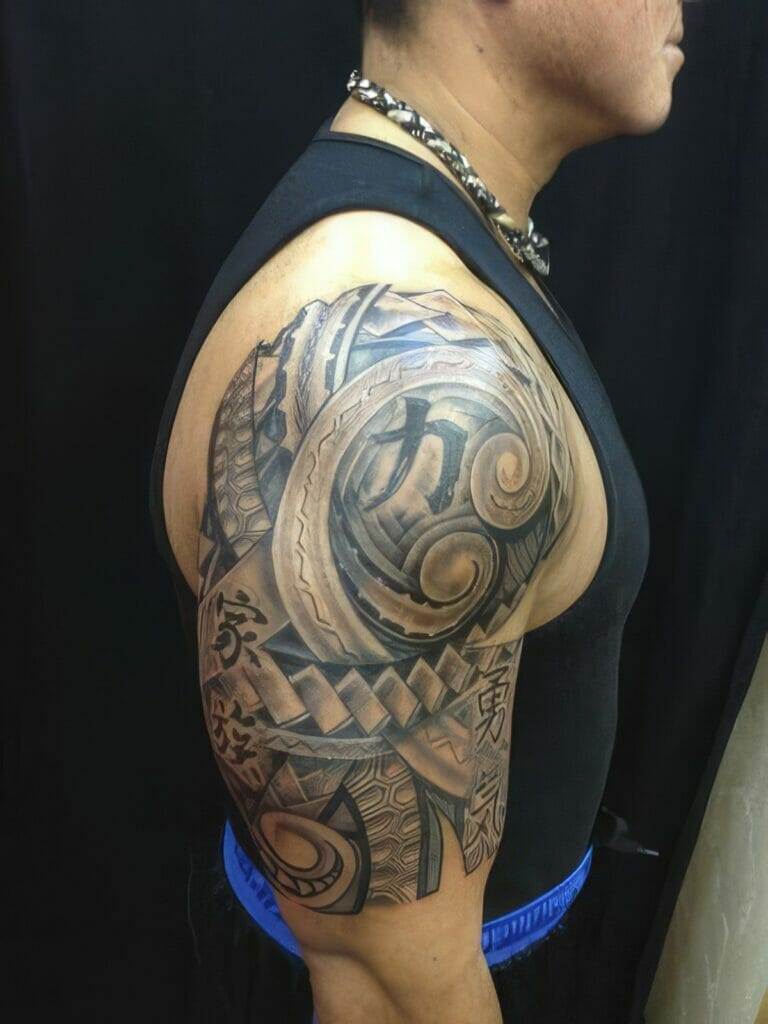
Realism tattoos are a style of tattooing that aims to create highly detailed and lifelike images on the skin. These tattoos often depict portraits, animals, or objects with a level of detail that closely resembles a photograph.
The techniques used to create realism tattoos involve careful shading, blending, and layering of colors to create depth and dimension. The artist may use a combination of techniques such as black and gray shading, color blending, and fine line work to achieve the desired effect.
Realism tattoos require a high level of skill and precision, as they aim to capture every detail and nuance of the subject. Popular realism tattoo designs include portraits of loved ones, animals, and famous works of art.
Japanese Tattooing: The Intricate and Symbolic Art of Irezumi
Japanese tattooing, also known as Irezumi, is a traditional style that has been practiced for centuries in Japan. It is characterized by its intricate designs, bold colors, and symbolic imagery.
Japanese tattoo designs often feature mythical creatures such as dragons, phoenixes, and koi fish. These designs are rich in symbolism and often represent themes such as strength, courage, and protection.
The techniques used in Japanese tattooing involve bold outlines, vibrant colors, and intricate shading. The artist may use a combination of techniques such as tebori (hand-poked tattooing) and machine tattooing to create the desired effect.
Tribal Tattoos: The Ancient and Powerful Art of Cultural Identity
Tribal tattoos have a long history and hold significant cultural meaning in many indigenous cultures around the world. These tattoos often feature bold black lines, geometric patterns, and symbols that represent cultural identity and heritage.
The symbolism behind tribal tattoos varies depending on the culture they originate from. In some cultures, tribal tattoos are used to mark important milestones or achievements, while in others, they are believed to offer protection or ward off evil spirits.
Tribal tattoo designs can be simple or highly intricate, depending on the desired effect. Popular tribal tattoo designs include Maori, Polynesian, and Native American patterns.
Dotwork Tattoos: The Intriguing Art of Pointillism on Skin
Dotwork tattoos are a unique style of tattooing that involves creating images using tiny dots instead of continuous lines. These tattoos often feature intricate patterns, mandalas, or geometric shapes.
The techniques used to create dotwork tattoos involve careful placement of dots to create shading, depth, and texture. The artist may use different sizes and densities of dots to achieve the desired effect.
Dotwork tattoos can be simple or highly detailed, depending on the desired design. They are known for their intricate and mesmerizing quality, creating a sense of depth and movement on the skin.
Minimalist Tattoos: The Simple and Elegant Art of Less is More
Minimalist tattoos are characterized by their simplicity and clean lines. These tattoos often feature small, delicate designs that convey a powerful message or evoke a specific emotion.
The techniques used to create minimalist tattoos involve fine line work and minimal shading. The artist may use a single color or a limited color palette to create the desired effect.
Minimalist tattoos can be highly personal and meaningful, with popular designs including symbols, quotes, and small illustrations. These tattoos are known for their understated elegance and timeless appeal.
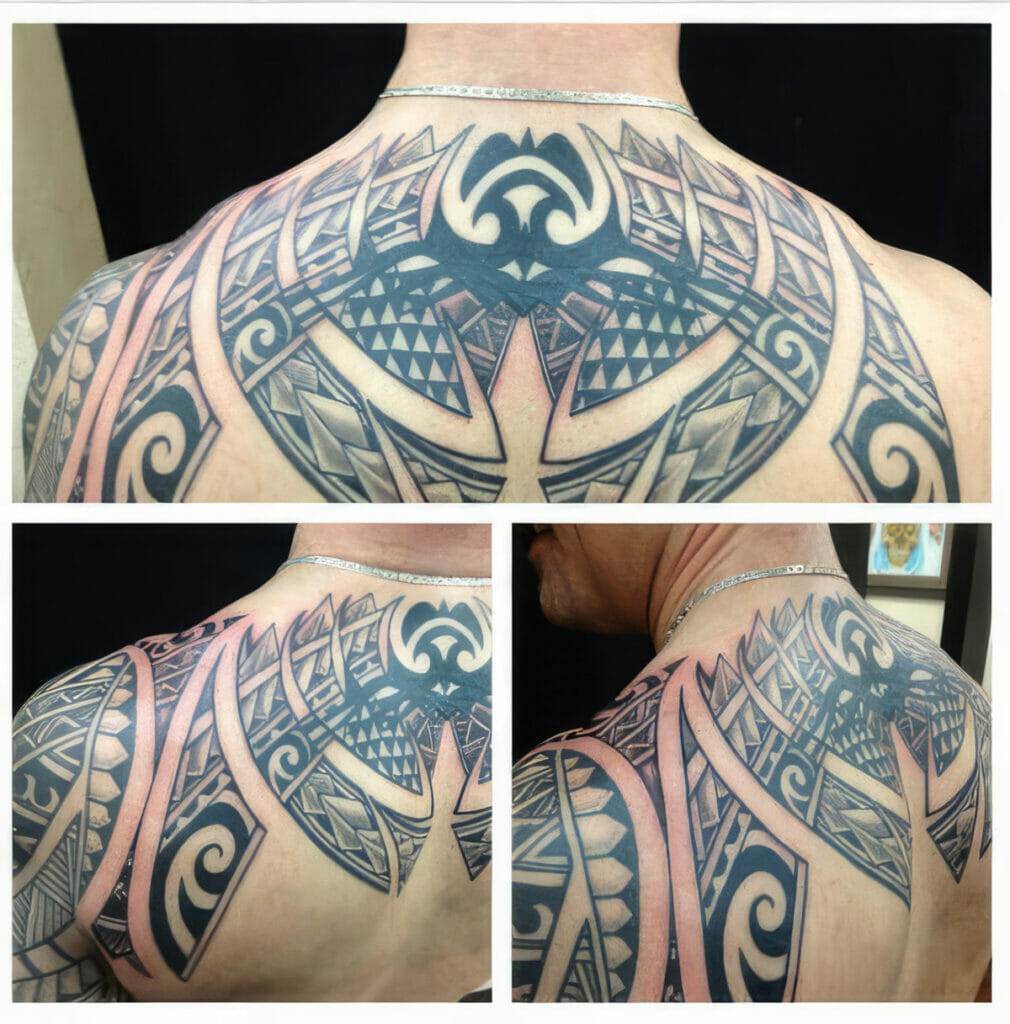
The Art of Ink is Limitless and Ever-Evolving
The world of tattoo art is vast and diverse, with countless styles and techniques to explore. From traditional designs to modern innovations, tattooing continues to push artistic boundaries and evolve as an art form.
Each tattoo style has its own unique characteristics and symbolism, allowing individuals to express their personal identity and beliefs through body art. Whether it’s the bold lines of traditional tattoos, the dreamy colors of watercolor tattoos, or the intricate patterns of dotwork tattoos, there is a style for everyone to explore and find their own unique expression.
As tattooing continues to evolve, artists are constantly pushing the boundaries of what is possible on the human canvas. New techniques, styles, and technologies are being developed, allowing for even more creative possibilities.
If you’re considering getting a tattoo or simply appreciate the artistry behind it, take the time to explore the different styles and find one that resonates with you. Tattooing is a form of self-expression that can be deeply personal and meaningful, so don’t be afraid to embrace your individuality and find your own unique style in the fascinating world of tattoo art.


